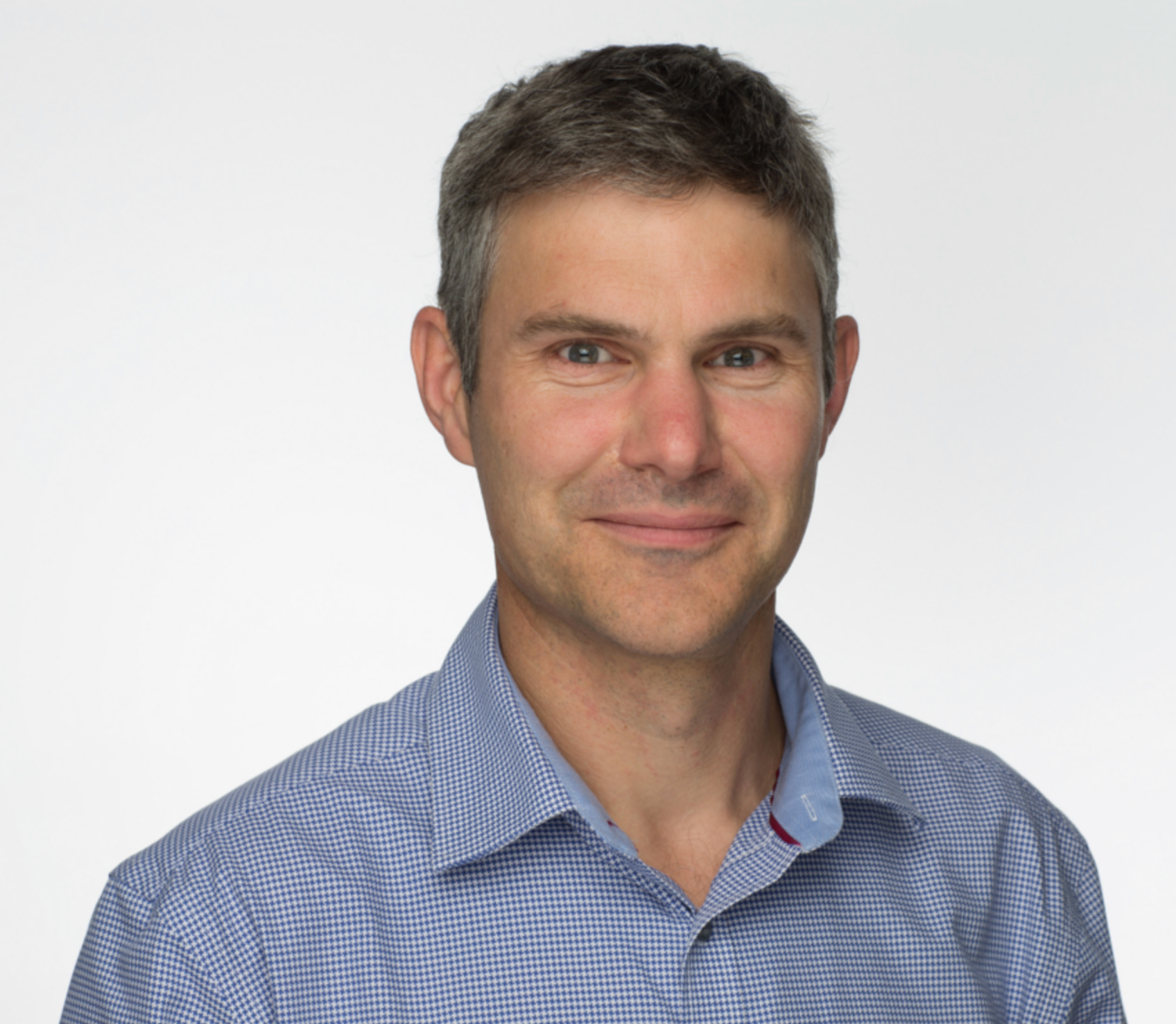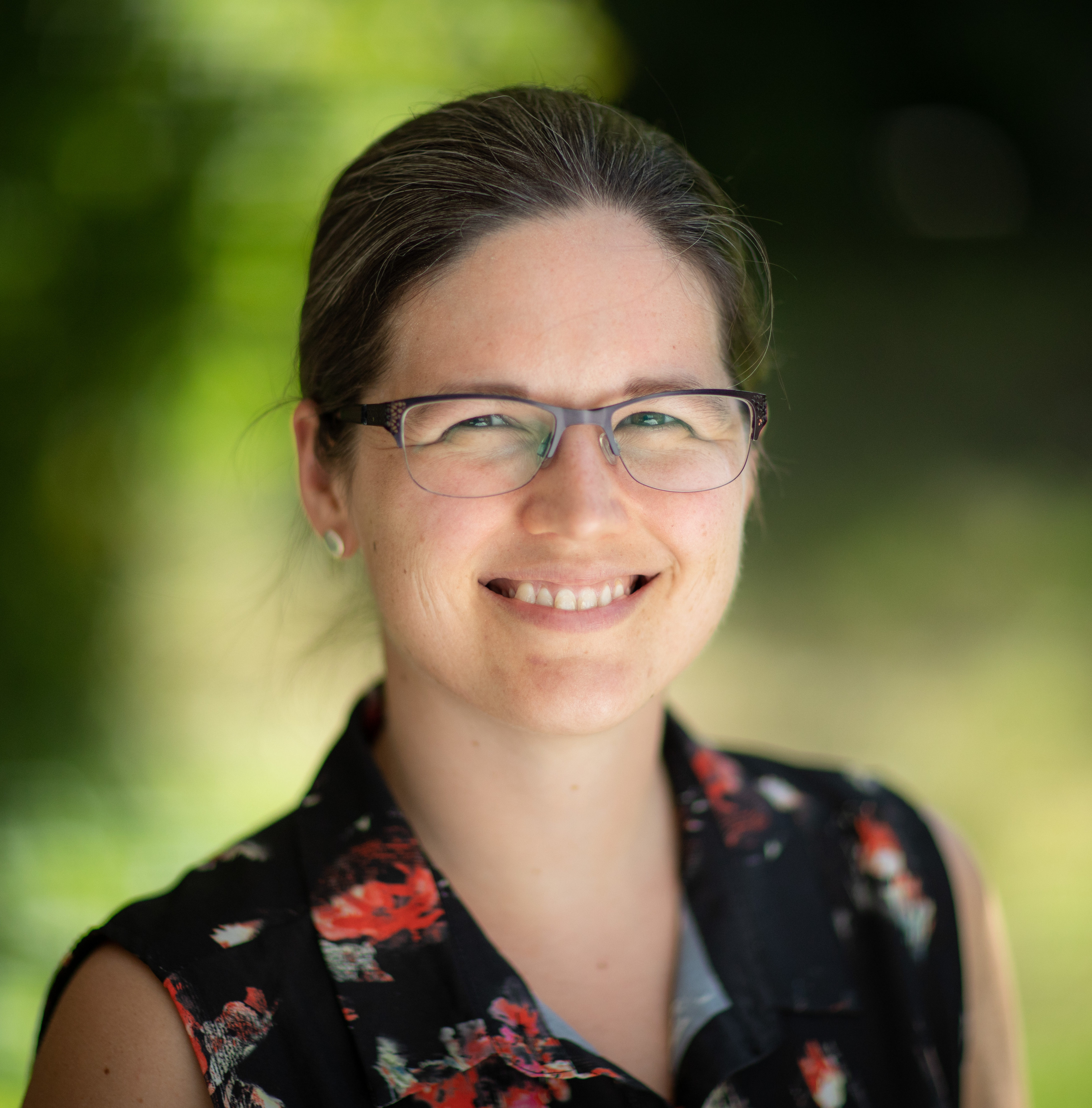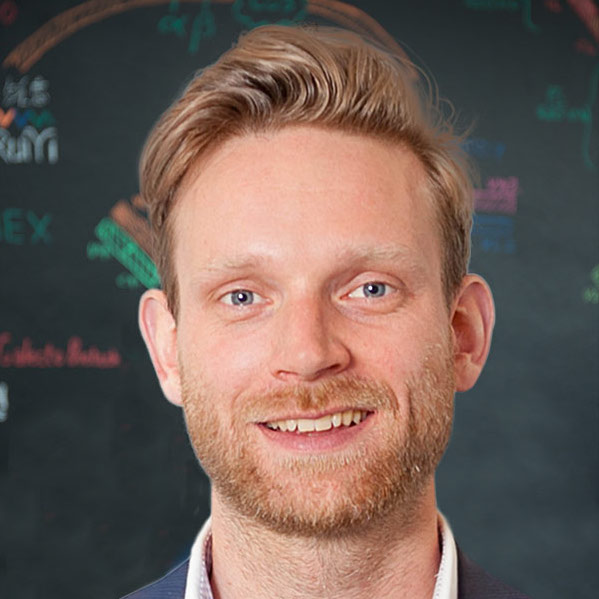PhD in Neuroscience, University College London
| Director of Product Management | |
|---|---|
| Adaptix Imaging | |
Job highlight: Bringing 3D medical imaging to the bedside
Postgraduate take-away (i.e. something in particular from your experience as a researcher that has helped you in your new career): Systematic approach to research and data analysis.
What’s your background?
I did Natural Sciences at Cambridge, then an MSc in Medical Physics at Aberdeen, then a PhD in Neuroscience in London. I then moved into science software before moving into medical imaging products.
Why did you move away from academia?
More jobs, more job security and more flexible career options in software than in my niche of research (which didn’t have many industrial applications).
Can you describe a typical week in your job?
Meeting a customer to discuss current limitations and how new technology could help them. Checking the latest academic and industrial research. Planning the development of new products. Creating some test images in the lab. Discussing with global companies about how they could use our components in their products.
How do people work together in your organisation??
It’s a start-up company so everybody knows everybody, and things move quickly and flexibly, with everyone focused on getting our first product to market.
Which transferable skills are most important to your job?
Knowledge of the medical industry and medical device development.
What’s the best part of your job?
Enabling something new to be achieved that can help save lives.
What are your reflections on your career path?
I mainly did what I enjoyed and was good at. Working in medical devices was a good fit as that built on my physics, biology, and software background.
Do you have any advice for current graduate students and postdocs considering a career outside of academia?
Industry and academia have different drivers so a mix of both during a career is good. Industry always has the reality check of whether somebody will pay for your work which forces you to be efficient and scope your work so that some results are regularly delivered. These are good skills for anybody returning to academia.
 Adaptix is revolutionising the way 3D images are obtained. We aim to help patients and health care professionals to get the best possible diagnostic information, wherever and whenever it is needed. For patients, this means a quicker and more accurate diagnosis at the bedside and less exposure to radiation; and for healthcare professionals it means, in addition, saving costs and time. To do this our technology fires X-rays from different positions across a flat panel array of small X-ray emitters. Using an innovative reconstruction, a 3D Digital Tomosynthesis (DT) image set will be produced. These results provide more diagnostic accuracy than 2D imaging at a fraction of the dose received from a CT scan in a mobile device that can be brought to the patient.
Adaptix is revolutionising the way 3D images are obtained. We aim to help patients and health care professionals to get the best possible diagnostic information, wherever and whenever it is needed. For patients, this means a quicker and more accurate diagnosis at the bedside and less exposure to radiation; and for healthcare professionals it means, in addition, saving costs and time. To do this our technology fires X-rays from different positions across a flat panel array of small X-ray emitters. Using an innovative reconstruction, a 3D Digital Tomosynthesis (DT) image set will be produced. These results provide more diagnostic accuracy than 2D imaging at a fraction of the dose received from a CT scan in a mobile device that can be brought to the patient.





